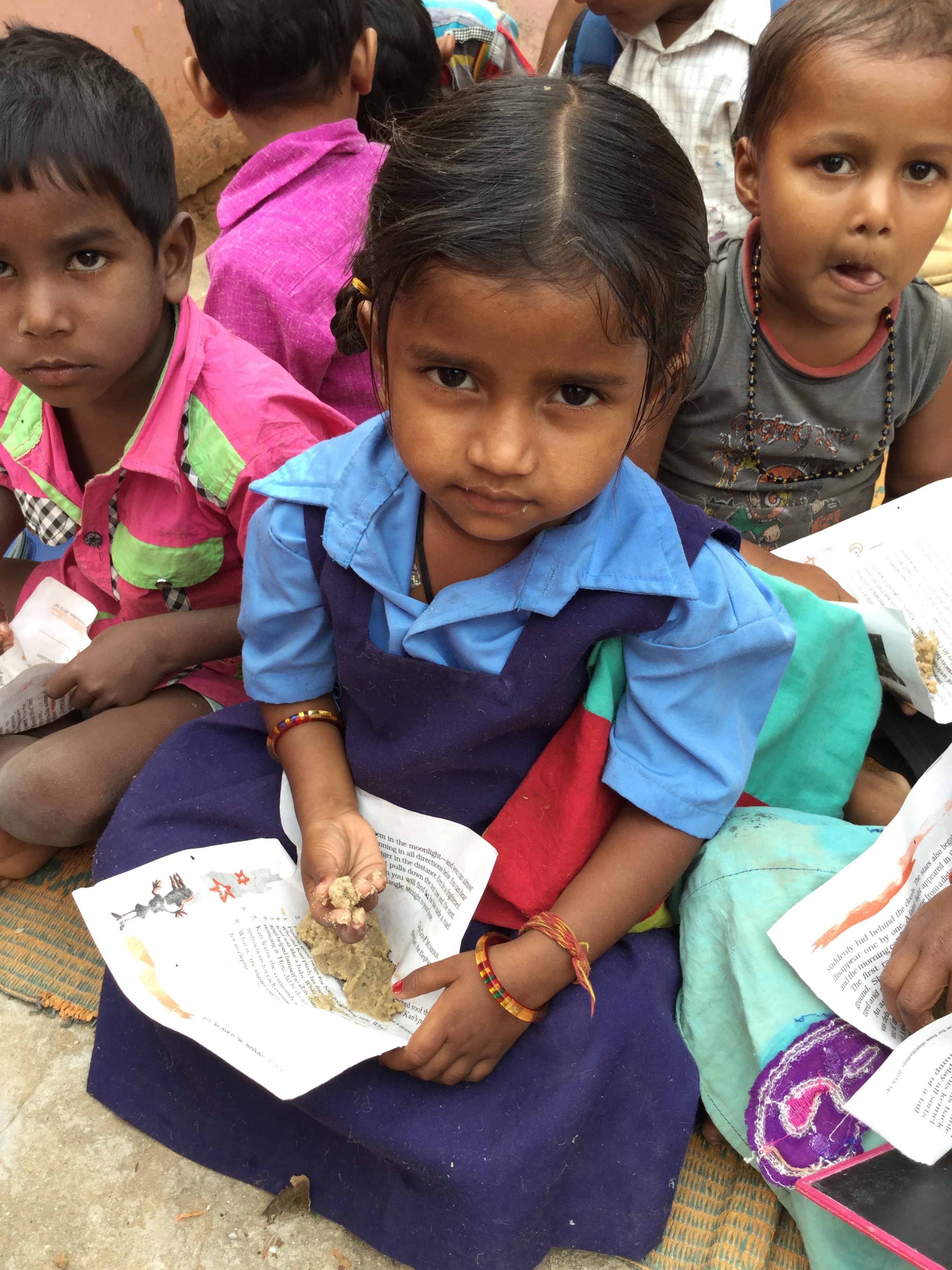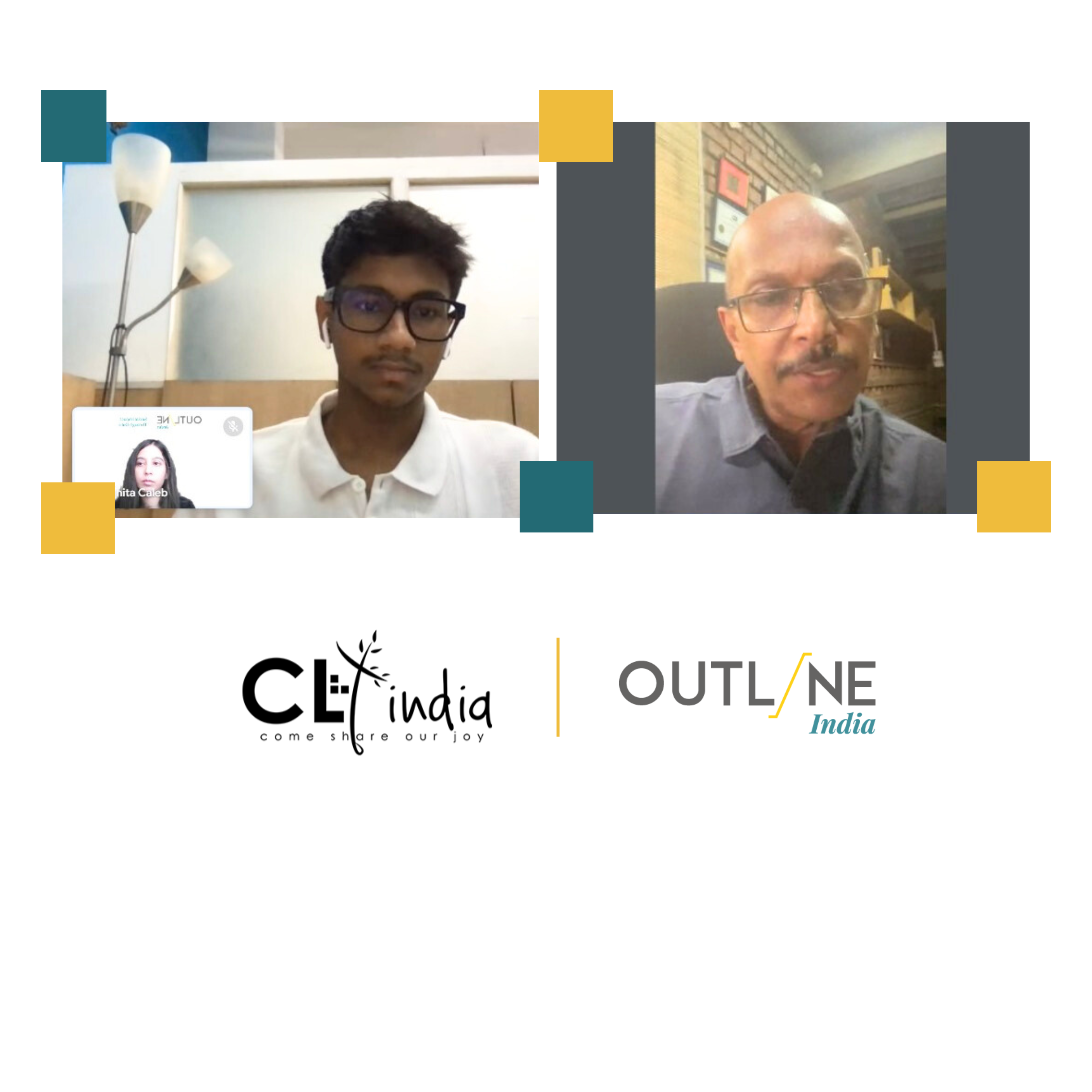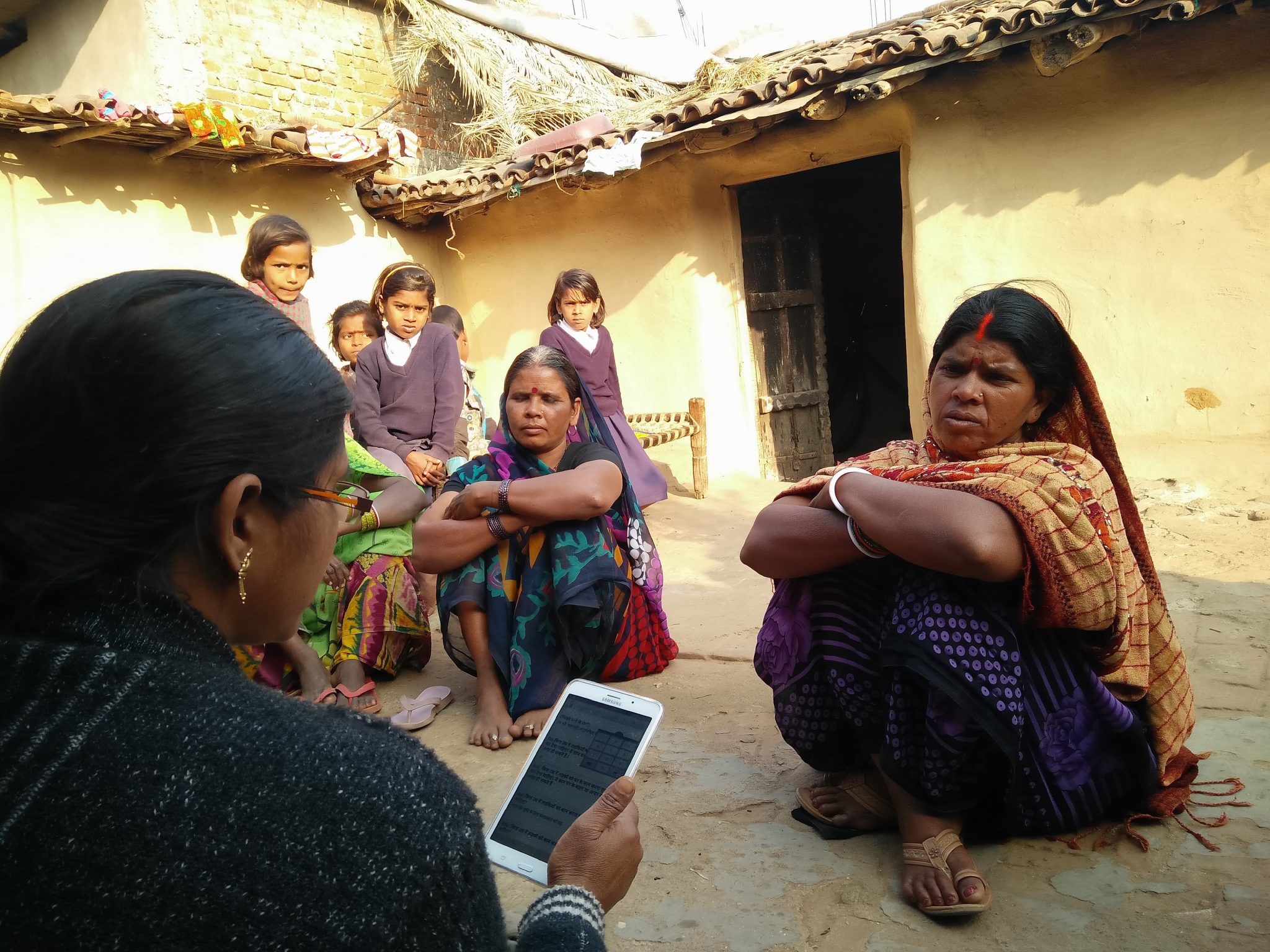Blog Details
One of our recent studies involved exploring instances of child labour in Gawan, Jharkhand. Our researchers were deployed to our base at Giridih for this study. Our site was a further 4-hour journey from our base. After a long journey through the dry and dusty roads of Jharkhand, we were nearing our sample villages and we could see from the distance, the ground was shining. The glistening ground was due to the rich mica deposits in the soil. Naturally, one of the main occupations of the region is mica mining.
As we proceeded to our survey we entered the house of Phoolwanti Devi (name changed). She lived there with her 2 daughters and youngest son. Her husband had gone to Kolkata to work as a mechanic. We went ahead with asking her about her children’s education, their occupation, what work the children do at home. While we were interviewing Phoolwanti Devi, Pooja (14) her eldest, was sheepishly standing at the edge of the door, Rani (10) was curiously looking at us, trying to understand what is happening and Ganesh (7), the youngest son was sitting on his mother’s lap having his lunch.
“So, does Pooja go to school?” we asked Phoolwanti Devi.
“No, both Pooja and Rani left school after studying till class 3” she replied.
“Why?”we inquired.
“They had studied enough and now they help on the farm and do household chores” was her reply.
“Ganesh goes to school right, given he is wearing his uniform right now?” we asked.
“Yes, he is in class 2,” she said promptly.
By now, a curious group of children from neighbouring households had gathered outside the small hut, wondering what is happening.
“So, what does he do after school?” we proceeded to ask her.
“Nothing, he comes back and studies,” she replied. Ganesh cheekily looks at his mother at this point and laughs and repeats “Haan, haan padta hai.” (Yes yes, he studies). Immediately the tiny room was filled with squeals of laughter coming from all the children present.
Ganesh was no doubt a rather mischievous kid.
We moved onto the next house for our survey. As it turned out, the respondent’s son happened to be Ganesh’s friend and we got to know the two boys go to gather mica from the mines after school.
“DhibraChunna” as mica mining is called in these regions is the main source of income for these families. On average the earning is INR 50-100 per day and so the parents send their children to work. We later found out, his sisters also go to the mines and they had to abandon their schooling because of this. Ganesh, however, was still going to school.
What we thought to be playful banter between a mother and a child turned out to be something more serious and a revelation for us. A lot of studies and interventions have been undertaken in these regions to eradicate child labour and encourage children to go to school. As a result, parents are aware of program implementers visiting their homes, thus they know they have to hide the fact that their children work in the mines. They often lie to outsiders stating that the children go to school and come back home and study. However, the sad truth is that often that is not the case.
When we asked local people why children are specifically sent for this work, the reply was “Unketohchhotechhotehaathhotehai. Dhibrachunnemeinasanihotihai” (They have tiny hands and that is helpful to pick mica from the grounds).
It is almost ironical when we think about the reason why children are specifically sent to these mines - by virtue of being small. They are often made to work in hazardous and potentially life-threatening conditions on a daily basis for a meagre sum of 50 rupees per day.
The silver lining in this entire scenario is perhaps that gradually parents are coming around to understanding the consequences of sending their children to work. The situation has drastically improved from what it was 2 years ago but it will probably take a lot many more years to make this region child-labour free.








David Angel Makel
IT ConsultantIt is a long established fact that a reader will be distracted by the readable content page looking at its layout point of using normal